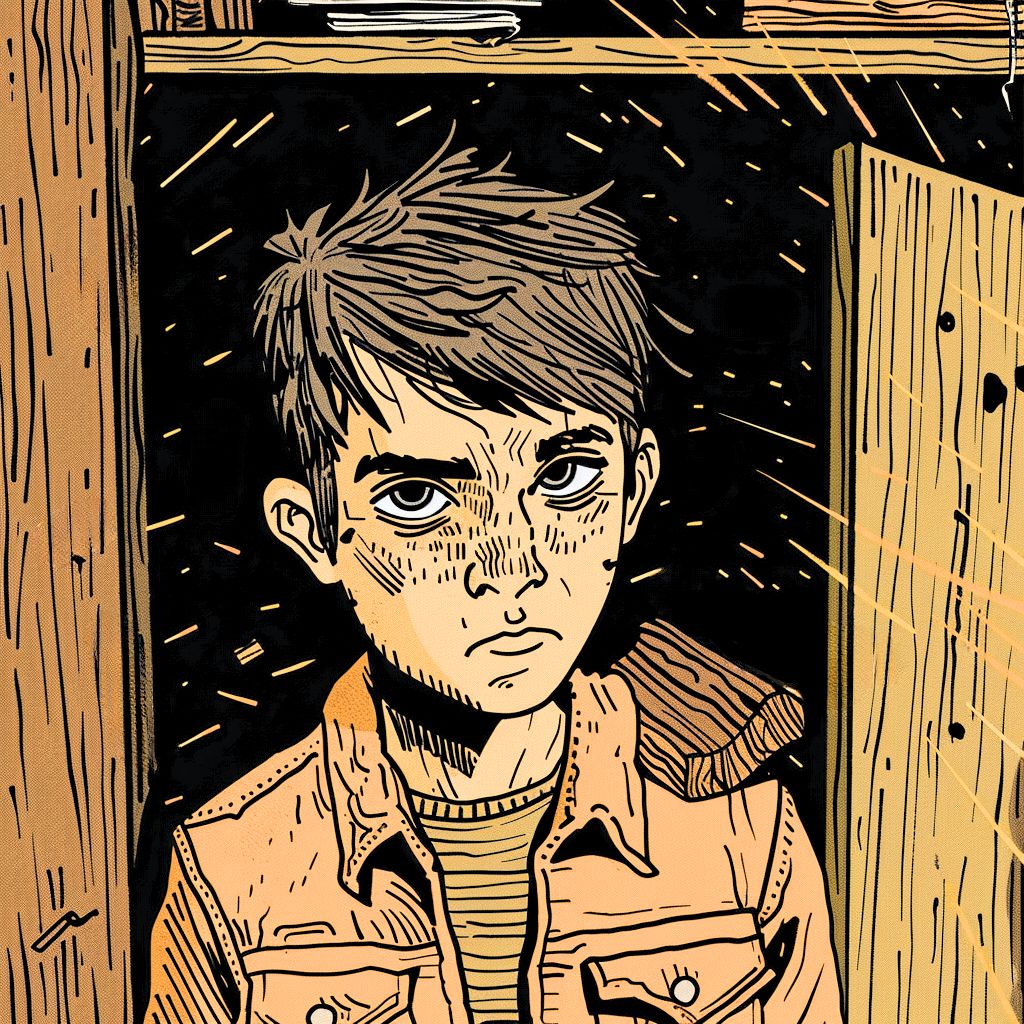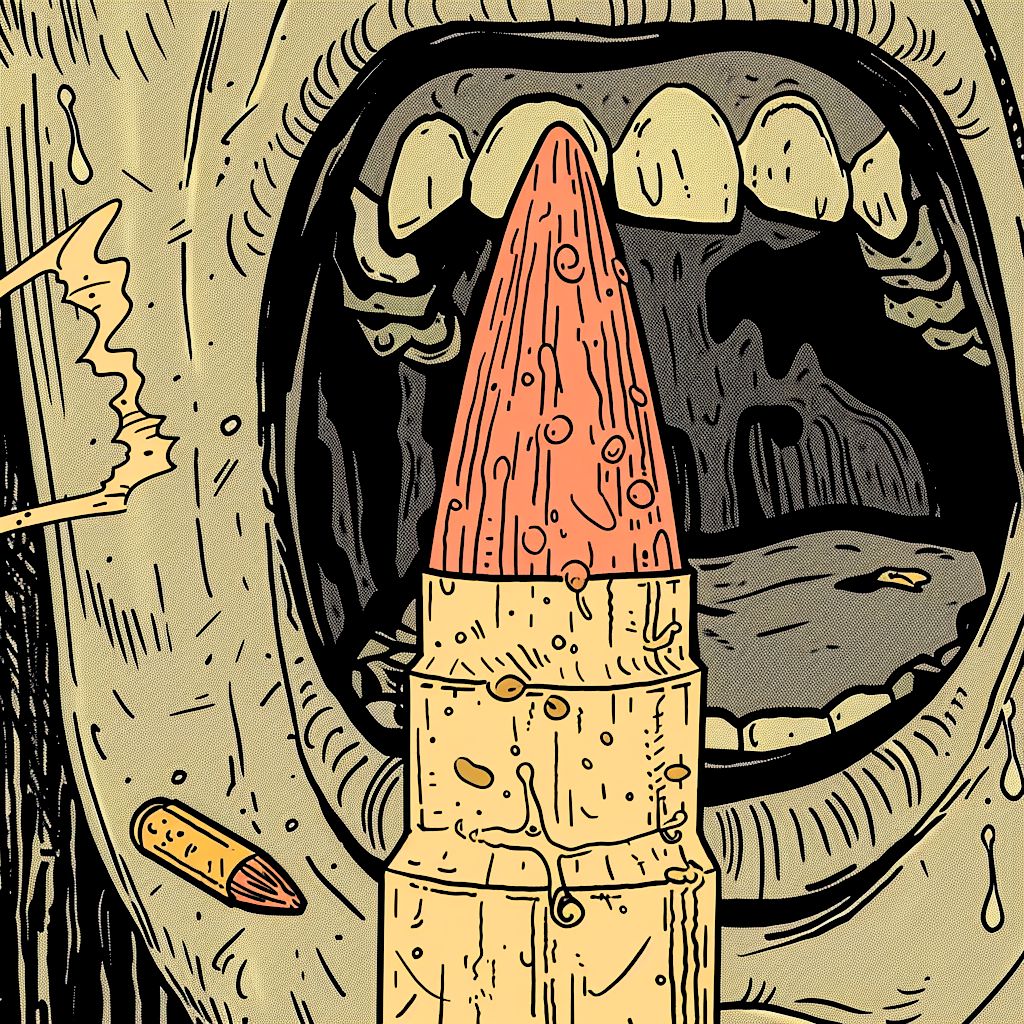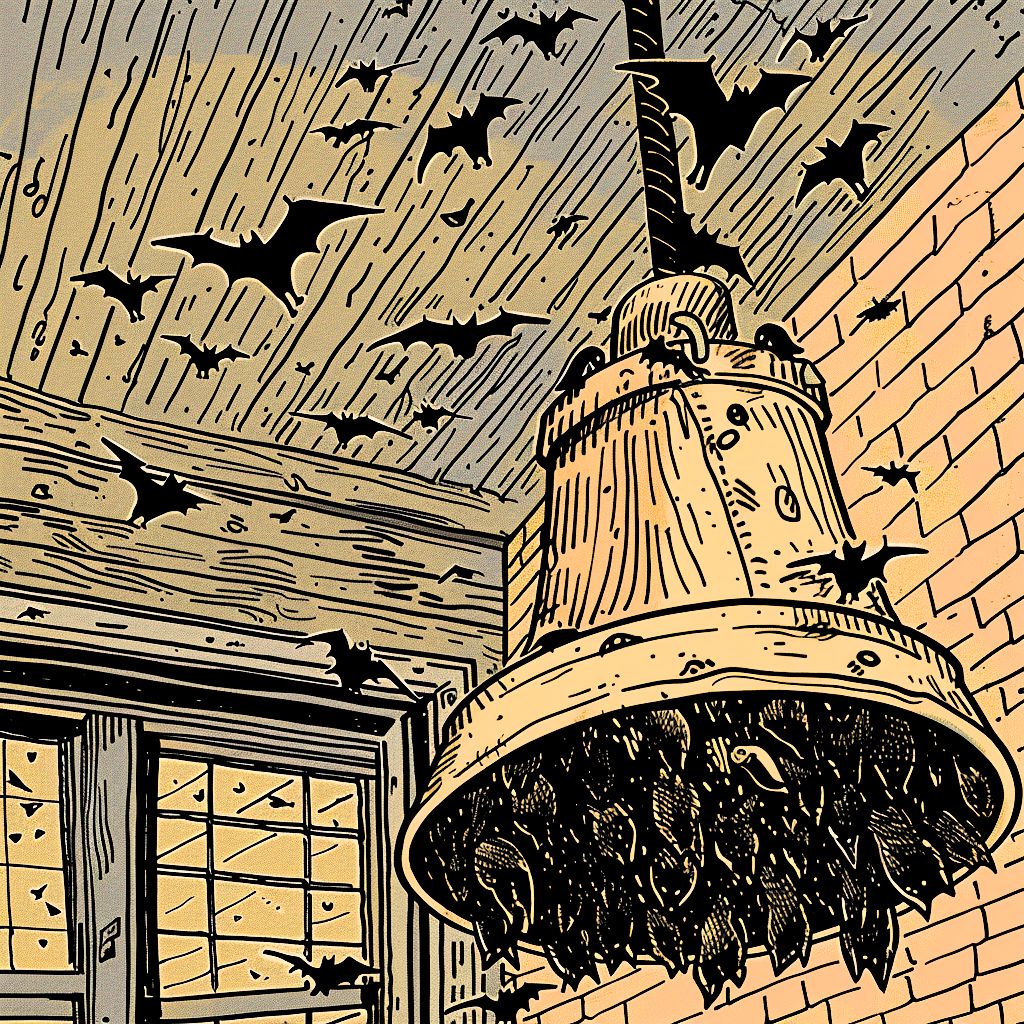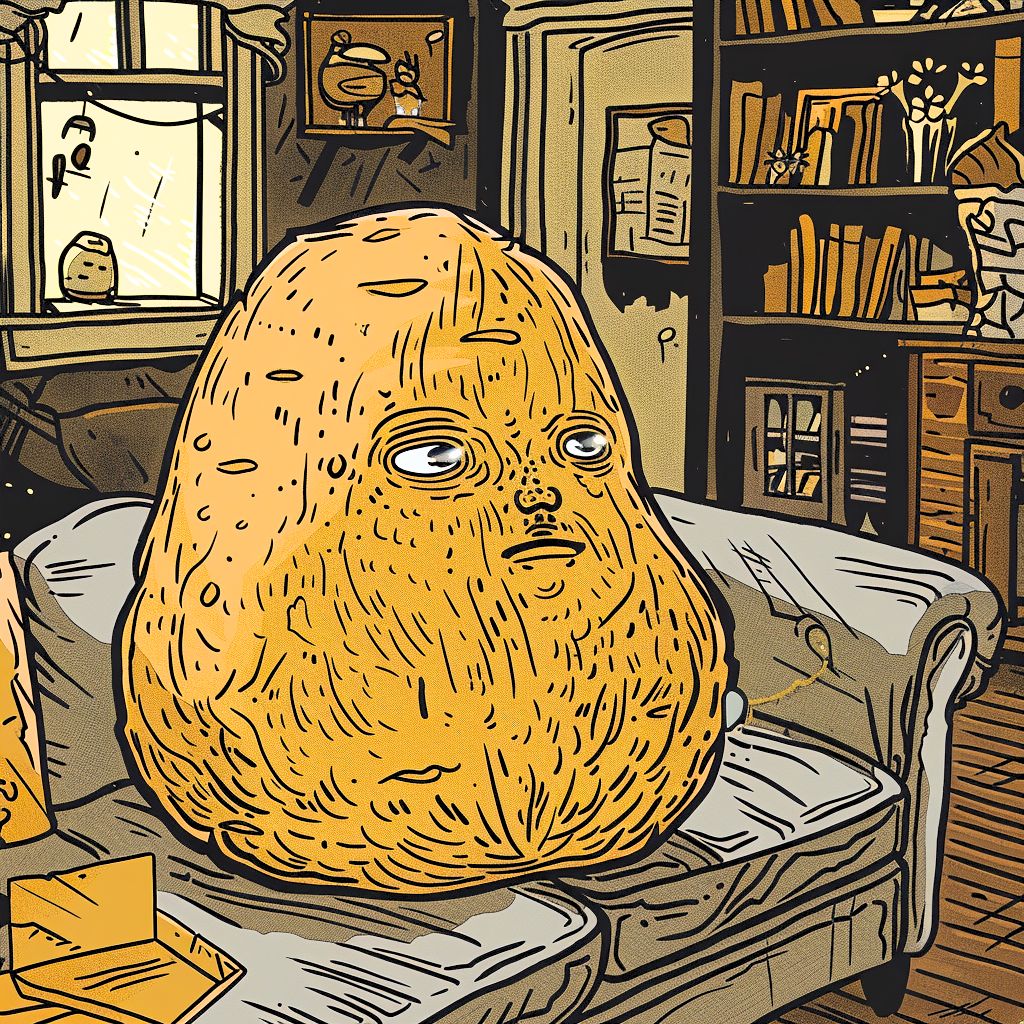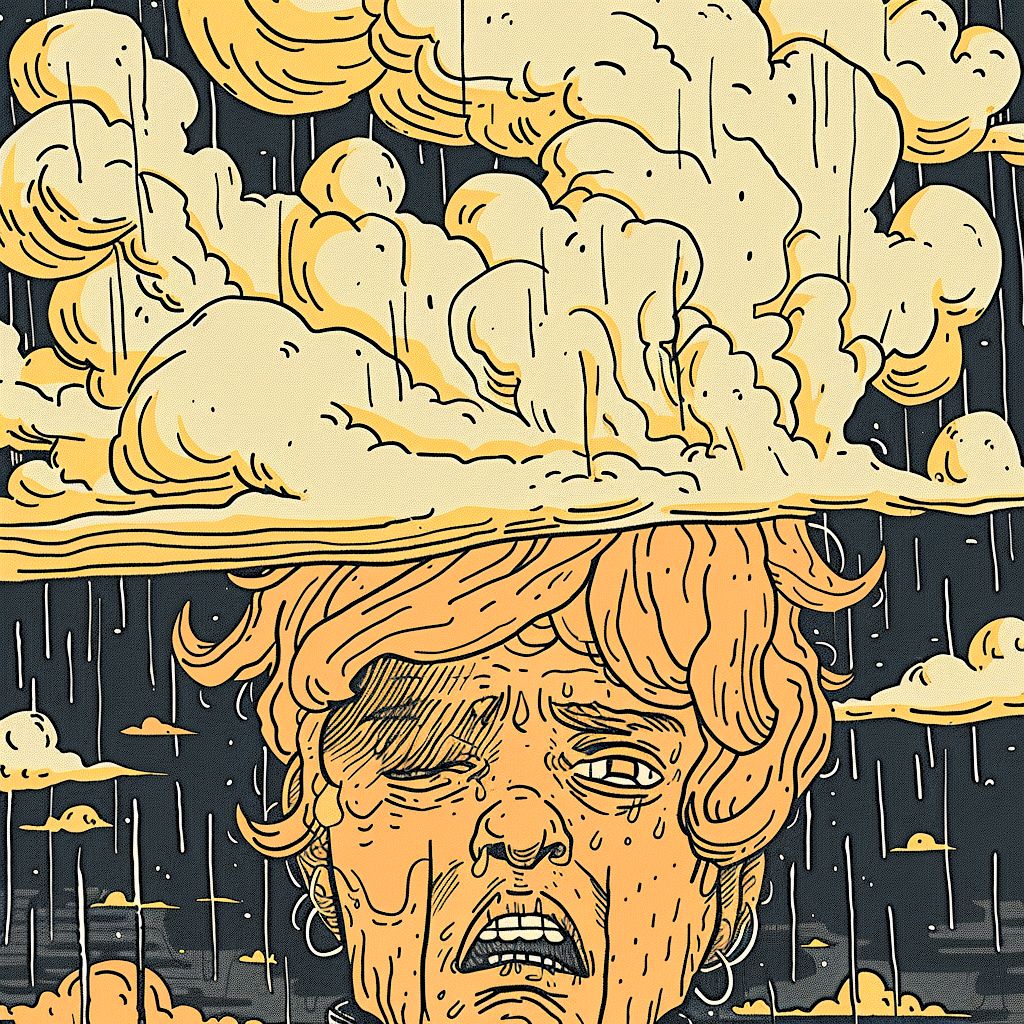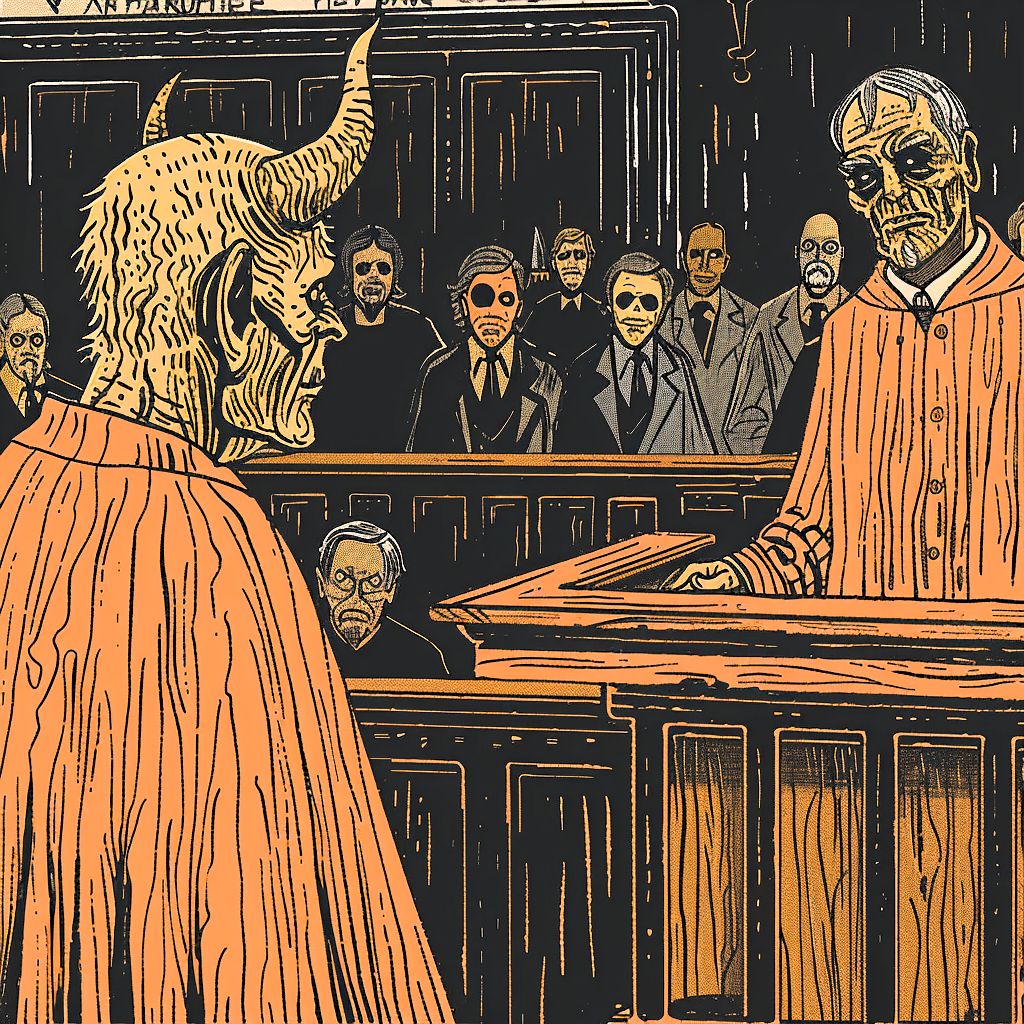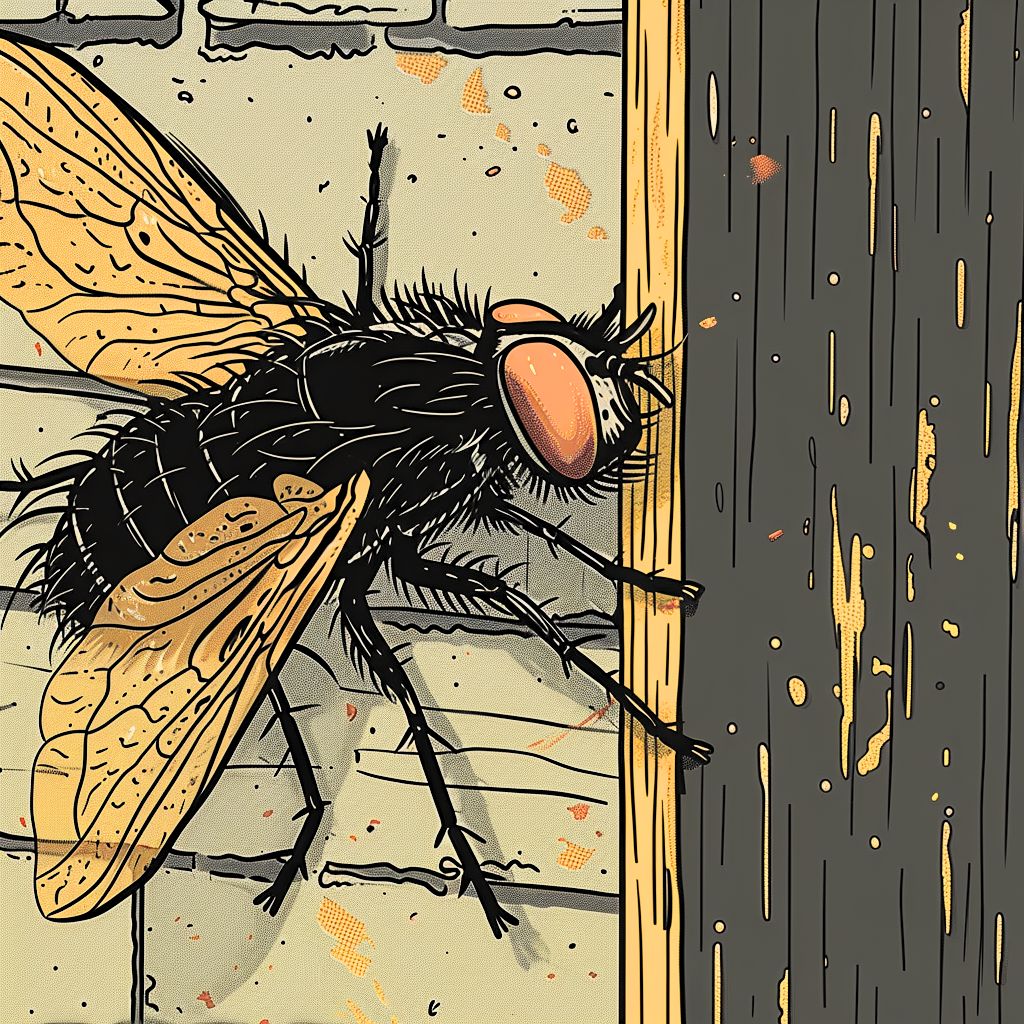Welcome to the fascinating world of idioms, where language takes on a life of its own, weaving stories and painting pictures with words. Join us on a journey into the depths of expression, where ordinary phrases reveal extraordinary insights into human nature and culture.
As we kick off this exploration, prepare to be captivated by the colorful array of idioms that populate our linguistic landscape. From the whimsical “To be as Mad as a Box of Frogs” to the evocative “To Bite the Bullet,” each idiom offers a window into the rich landscape of human experience.
Throughout our adventure, we’ll unravel the mysteries behind these linguistic gems, uncovering their origins and meanings. Along the way, we’ll discover the power of idioms to capture emotions, convey wisdom, and forge connections between people from diverse backgrounds.
So, strap in, because we’re about to set off on a journey through 21 fascinating dialects you probably didn’t know existed – and trust us, it will be a wordy ride!
1. To be as Mad as a Box of Frogs
The idiom “To be as mad as a box of frogs” paints a vivid picture of someone who is wildly eccentric or behaves in a way that’s beyond the ordinary. It’s a playful expression that captures the imagination, suggesting a level of craziness or unpredictability that’s as unexpected as finding frogs hopping out of a box where they surely don’t belong.
This phrase is often used among friends or in light-hearted conversations to describe someone’s amusingly odd behavior or ideas. It’s not meant to offend but rather to celebrate the peculiarities and idiosyncrasies that make people interesting.
The origin of this idiom is a bit of a mystery, much like the unpredictable behavior it describes. It likely stems from the amusing sight and sounds of a box full of frogs, jumping and croaking in chaotic harmony, a metaphor for human eccentricity and unpredictability.
Using “To be as mad as a box of frogs” adds a touch of humor and affection to observations about someone’s unique characteristics or actions. It acknowledges that while someone might be a bit out there, their uniqueness is more endearing than concerning.
It serves as a reminder that life is too short to be ordinary and that being a little mad can make the world a more interesting place.
Example 1: “Every time I talk to Jenny, she has a new wild idea. She’s as mad as a box of frogs, but I love her creativity.”
Example 2: “Did you see the outfit he wore today? Only someone as mad as a box of frogs would pair stripes with polka dots, but somehow, he makes it work.
2. When Pigs Fly
The idiom “When pigs fly” is a humorous way to say that something is impossible or highly unlikely to happen. It conjures the amusing and fantastical image of pigs—creatures decidedly not equipped for aerial adventures—taking to the skies, suggesting an event or action so improbable that it borders on the absurd.
This expression thrives in conversations where skepticism meets imagination, often used to gently poke fun at overly ambitious ideas or to underscore the speaker’s doubt about the feasibility of a proposed plan. It’s a light-hearted dismissal, one that wraps skepticism in a layer of whimsy.
Tracing its origins to a time when the idea of flying pigs was as far-fetched as any could be, the phrase has endured as a testament to human creativity in expressing doubt. It’s a reminder that, in language as in life, the impossible can serve as a powerful benchmark for measuring the practicality of our ideas.
Employing “When pigs fly” in dialogue invites a smile, even in the face of skepticism, softening the blow of doubt with the charm of the imagery. It’s a way to say “never” without closing the door on hope entirely, keeping the conversation playful and open-ended.
This idiom captures the essence of human ingenuity in confronting the limits of possibility, turning a flat refusal into an opportunity for imaginative speculation.
Example 1: “You think he’ll clean his room today? Yeah, when pigs fly!”
Example 2: “She says she’ll start her diet tomorrow—when pigs fly, more like! She’s said that for months.
3. To Sell Someone a Pup
The idiom “To sell someone a pup” is a funny expression suggesting deception or trickery in a transaction, where someone ends up with something far less valuable than they were led to believe. Imagine the disappointment of expecting a thoroughbred and getting a mischievous puppy instead.
This phrase humorously encapsulates the experience of being duped or swindled, often in a manner that leaves the victim holding a metaphorical “worthless pup” instead of the prized possession they anticipated.
Rooted in times when market dealings were a common part of everyday life, and the quality of goods could be as uncertain as the honesty of their sellers, this saying has retained its relevance in modern times, symbolizing the pitfalls of naively accepting deals without scrutiny.
Employing “To sell someone a pup” in conversation brings a playful tone to discussions about deceit or disappointment, suggesting that while the trickery might sting, it’s also a learning experience, a rite of passage in the marketplace of life. It’s a reminder to look beyond the sales pitch and to question what’s in the box—or the kennel, as the case may be.
The idiom doesn’t just caution against being fooled; it also highlights the trickster’s cunning, suggesting a tale of caution and wariness in dealings. It paints the act of deception with a brush of humor, making the lesson a bit easier to swallow.
“To sell someone a pup” is a testament to the colorful nature of language, turning the unfortunate experience of being swindled into an opportunity for a shared laugh and a nod to the buyer’s need for caution.
Example 1: “I thought I was getting a great deal on that car, but it broke down a week later. He really sold me a pup.”
Example 2: “Watch out for those too-good-to-be-true online deals. You don’t want to be sold a pup and end up with junk.”
4. As Useful as a Chocolate Teapot
The idiom “As useful as a chocolate teapot” whimsically illustrates something utterly impractical or ineffective, akin to attempting to brew tea in a vessel that would melt away at the first hint of hot water. It evokes a humorous image of futile effort and failure, highlighting the absurdity of using materials or methods that are inherently unsuitable for the task at hand.
Originating from the vivid juxtaposition of chocolate’s melt-in-your-mouth delight against the functional durability of a traditional teapot, this expression serves as a playful critique of uselessness in objects, plans, or ideas. It gently mocks the impracticality of certain endeavors, suggesting they are as doomed to fail as the prospect of a chocolate teapot holding boiling water.
Using “As useful as a chocolate teapot” in conversation sprinkles a dash of humor onto the observation that something is not just unhelpful but spectacularly so. It’s a way to lighten the mood around a frustrating situation or object by acknowledging its shortcomings in a lighthearted, imaginative manner.
This idiom is not just a statement about utility; it’s a creative expression of the mismatch between expectation and reality, a tongue-in-cheek acknowledgment that sometimes, despite our best intentions, what we’re left with is as far from useful as it’s possible to be.
Employing this phrase invites a shared moment of amusement over the absurd, turning the spotlight on the whimsical side of human inventiveness (or lack thereof). It’s a reminder to choose the right tools and approaches for our endeavors—or at least to have a good laugh when we find ourselves holding a chocolate teapot.
Example 1: “He brought a knife to a gunfight, as useful as a chocolate teapot.”
Example 2: “That software update made my phone as useful as a chocolate teapot. Nothing works right anymore!”
5. More Holes than Swiss Cheese
The idiom “More holes than Swiss cheese” paints a vivid picture of something that is riddled with gaps, flaws, or deficiencies, much like the iconic cheese known for its distinctive holes. This expression humorously highlights the extent of something’s incompleteness or the numerous problems plaguing a situation, plan, or argument.
It draws a parallel between the physical appearance of Swiss cheese, celebrated for its holes, and the metaphorical ‘holes’ or shortcomings in something else, emphasizing their abundance and impact.
Originating from the culinary world, where the holes in Swiss cheese are a product of the cheese-making process, this phrase transcends its literal roots to offer a playful critique of imperfection. It suggests that just as Swiss cheese wouldn’t be the same without its holes, the subject in question is notably defined by its deficiencies.
Using “More holes than Swiss cheese” in conversation underscores the extent of the problems or gaps in logic with a touch of humor, softening the critique with a familiar and visually evocative metaphor. It’s a way of pointing out flaws without resorting to harsh criticism, inviting a lighter approach to discussing shortcomings.
This idiom is particularly effective in situations where the flaws are so numerous or glaring that they cannot be ignored. Yet, the tone of the conversation aims to remain congenial and constructive. It acknowledges the issues at hand while also opening the door to improvement or resolution, all without losing the spirit of camaraderie.
Employing “More holes than Swiss cheese” brings a certain levity to the recognition of flaws, encouraging a shared acknowledgment that, although something may be far from perfect, there’s room for lighthearted dialogue on how to address its many ‘holes.’
Example 1: “His explanation had more holes than Swiss cheese, leaving us more confused than convinced.”
Example 2: “Looking at the project plan, it’s clear it has more holes than Swiss cheese. We need to patch these gaps before moving forward.”
6. To Spill the Beans
The idiom “To spill the beans” transforms a simple kitchen accident into a metaphor for revealing secrets or confidential information, often unexpectedly or inadvertently. Picture a bag of beans, once secure and contained, now upturned, its contents scattered and exposed for all to see.
This expression captures the essence of a secret suddenly brought to light, like beans spilling out onto the floor, impossible to ignore and difficult to gather up again.
Originally, the phrase may have roots in ancient voting methods, where beans were used to cast votes in secret, and spilling them could prematurely reveal the outcome. Today, it’s employed in moments of unintended revelation or when someone decides it’s time to unveil the truth, adding a playful twist to the act of disclosure.
Employing “To spill the beans” in conversation evokes the imagery of an accidental reveal, emphasizing the unintentional nature of the disclosure. It’s often used to describe situations where someone lets out a secret they were supposed to keep, leading to a cascade of consequences, much like the uncontainable spread of spilled beans.
This idiom not only illustrates the act of revealing secrets but also the human aspect of curiosity and the desire for transparency, tempered by the caution that not all secrets are ours to reveal. It’s a reminder of the delicate balance between confidentiality and the inevitable truth coming to light.
Utilizing “To spill the beans” invites a shared understanding of the complexities involved in keeping and revealing secrets. It acknowledges the tension between the safeguarding of information and the natural inclination to share, wrapped in a metaphor that is both vivid and relatable.
Example 1: “Just before the surprise party began, Tom spilled the beans to the guest of honor, ruining the surprise.”
Example 2: “After months of speculation, the CEO finally spilled the beans on the new product launch during the meeting.”
7. To Go on a Wild Goose Chase
The idiom “To go on a wild goose chase” conjures the image of a futile pursuit or a search for something unattainable, much like attempting to chase after wild geese that fly erratically and unpredictably out of reach. This expression humorously encapsulates the essence of engaging in a task that is likely to lead nowhere, marked by confusion, misdirection, or the elusive nature of the goal.
Historically, the term might have originated from a type of horse race in the 16th century that mimicked the unpredictable flight pattern of geese. Over time, it evolved to describe any effort that results in wasted time due to the impracticality of the objective, reflecting the human tendency to undertake ventures without a clear direction or achievable endpoint.
Invoking “To go on a wild goose chase” in dialogue paints a vivid picture of setting out on a quest that is doomed from the start, filled with twists, turns, and diversions that ultimately lead nowhere. It’s a playful admonition against pursuing goals without forethought or chasing after fantasies that cannot be captured or realized.
This idiom is a lighthearted cautionary tale, reminding us of the importance of purpose and pragmatism in our endeavors. It highlights the folly of investing time and energy into pursuits that, like the flight of wild geese, are inherently unpredictable and unlikely to yield the desired outcomes.
Employing “To go on a wild goose chase” in conversation is not just a critique of misdirected efforts; it’s an invitation to reflect on our pursuits, encouraging us to seek clarity and purpose rather than being led astray by whims or illusions.
Example 1: “Trying to find the original source of that rumor was like going on a wild goose chase; it led me all over the place but nowhere closer to the truth.”
Example 2: “The team spent weeks trying to implement the new strategy, only to realize it was a wild goose chase that diverted resources from more pressing matters.”
8. To Shoot the Breeze
The idiom “To shoot the breeze” encapsulates the laid-back, casual act of engaging in light, inconsequential conversation, much like the gentle, aimless drifting of the breeze itself. This expression conjures an image of leisure and ease, where words flow freely without the burden of purpose or the pressure of significance, mirroring the effortless path of the breeze as it meanders through the air.
Originating from the informal settings where conversations meander without a fixed agenda, “to shoot the breeze” suggests a scenario where the content of the discussion is less important than the act of connecting through dialogue. It’s about the comfort found in the company of others, sharing moments that, while seemingly trivial, weave the fabric of camaraderie and shared human experience.
Employing “To shoot the breeze” in conversation captures the essence of unwinding and engaging in dialogue that’s free from the constraints of formality or necessity. It’s a reminder of the joy found in simple exchanges, where the pleasure derives not from the discussion’s depth but from the connection it fosters and the relaxation it provides.
This idiom invites us to set aside life’s complexities and indulge in the simple pleasure of conversation. It celebrates the art of dialogue as a form of leisure, recognizing the value of moments spent in verbal meandering as a shared human endeavor.
Using “To shoot the breeze” acknowledges the importance of these light-hearted exchanges in nurturing relationships and maintaining social bonds. It’s an ode to the spontaneous, the unplanned, and the joyfully inconsequential moments that add texture and color to our lives.
Example 1: “We spent the afternoon on the porch, just shooting the breeze and enjoying the sunny day.”
Example 2: “After the meeting, a few of us stayed back to shoot the breeze over a cup of coffee, talking about everything and nothing at all.”
9. To Have a Chip on One’s Shoulder
The idiom “To have a chip on one’s shoulder” vividly portrays an individual harboring a deep-seated grievance or resentment, stemming from past experiences or perceived injustices. This metaphorical “chip” represents a burden of anger or defensiveness that the person carries around, affecting their interactions with others.
Much like the historical practice of placing a physical wood chip on one’s shoulder as a challenge to others to knock it off—a test of readiness for confrontation—this phrase conveys a psychological stance of antagonism and readiness to dispute at the slightest provocation.
Emerging from a tradition where the act of knocking off the chip would signal the start of a fight, the idiom has transcended its origins to depict a more internal and emotional conflict. It suggests a posture of perpetual combativeness, a readiness to perceive slights where none may exist, and to engage in conflicts over perceived disrespect or injustice.
Using “To have a chip on one’s shoulder” in conversation paints a picture of someone who may be difficult to communicate or reason with due to their defensive nature. It’s a cautionary description, hinting at the complex layers of past hurts that shape present behaviors, and suggesting an underlying vulnerability masked by aggression.
This idiom not only captures the essence of carrying unresolved issues but also serves as a mirror reflecting how unresolved grievances can distort one’s interactions with the world. It acknowledges the weight of past experiences while highlighting the challenge of moving beyond them.
“To have a chip on one’s shoulder” thus becomes a powerful metaphor for the human tendency to hold onto past wrongs, illustrating how such a stance can isolate an individual and color their view of new interactions with the shadow of old grievances.
Example 1: “Ever since he was passed over for promotion, he’s had a chip on his shoulder, seeing every workplace decision as a personal slight.”
Example 2: “She carries a chip on her shoulder from her days in competitive sports, always ready to prove herself against any challenge, even in casual settings.”
10. To Bite the Bullet
The idiom “To bite the bullet” originates from historic military practices, particularly during battles or surgeries where soldiers or patients would bite down on a bullet to endure intense pain or discomfort without vocalizing it. Figuratively, this phrase refers to facing a difficult or unpleasant situation with courage and determination, often despite fear or reluctance.
It suggests a willingness to endure hardship or discomfort in the short term for the sake of achieving a better outcome in the long run.
When someone decides to “bite the bullet,” they are confronting a challenging circumstance head-on, acknowledging the discomfort or consequences involved but proceeding nonetheless. This could involve making a tough decision, confronting a fear, or enduring a painful experience with resilience and fortitude.
Using “To bite the bullet” in conversation or writing conveys a sense of bravery and resolve in the face of adversity. It implies recognizing the necessity to confront challenges directly, rather than avoiding or delaying them. This idiom often carries a tone of acceptance, acknowledging that difficult situations cannot be avoided and must be confronted with courage and determination.
Overall, “To bite the bullet” encapsulates the essence of facing challenges with grit and determination, embracing discomfort or hardship as a necessary step towards achieving a desired goal or outcome.
Example 1: “Despite his fear of public speaking, John decided to bite the bullet and give the presentation to the board.”
Example 2: “I know surgery will be painful, but I have to bite the bullet and go through with it to improve my health.”
11. To Have Bats in the Belfry

Hey fellow Linguaholics! It’s me, Marcel. I am the proud owner of linguaholic.com. Languages have always been my passion and I have studied Linguistics, Computational Linguistics and Sinology at the University of Zurich. It is my utmost pleasure to share with all of you guys what I know about languages and linguistics in general.










